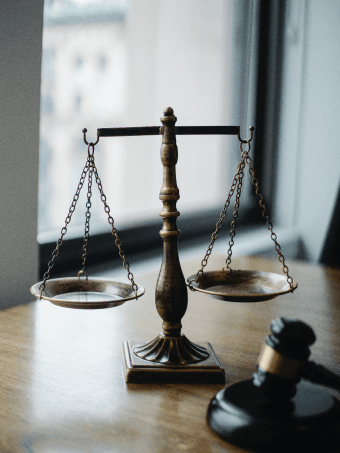What is a trademark?
The main purpose of a trademark is to distinguish the company’s goods and services from those of its competitors. Trademark registration is a key step in protecting the company’s intellectual property rights. In addition to the ability to use the ® symbol and thus discourage infringement attempts, owners of registered trademarks have the right to oppose registration efforts of similar trademarks as well as issue cease & desist letters to copycats.
What is trademark squatting?
‘Trademark squatting’ is when one party intentionally files a Trademark Application for a second party’s registered trademark in a country where the second party does not currently hold a trademark registration. This is a common occurrence since companies tend to file for a trademark in their home country but not in other countries where they might expand their business someday. Because of the way some countries approach trademark registrations, certain jurisdictions tend to be more susceptible to trademark squatting than others.
Fist-to-File Vs First-to-Use jurisdictions
Countries such as China, Japan, the European Union follow the principle of First-to-File when it comes to trademark registration. As the name suggests, the ownership of the trademark is determined by who filed it first. The other approach is known as First-to-Use, giving priority to the party that first started to use a trademark in connection to their goods and services and established a reputation with it. Some other countries that follow the First to Use approach include the United States, Singapore, New Zealand, Australia, India, and Canada.
First-to-File trademark approach has significant shortcomings, as it allows for proliferation of ‘trademark squatting’ - someone else registering a trademark of a popular brand with the motive to sell it for a profit later or to ride on the brand’s success. We have already seen multiple cases of international companies struggling to protect their brands in China. Well-known figures such as Michael Jordan and Manolo Blahnik spent years in legal disputes with Chinese companies that registered their trademarks before they had an opportunity to do so.
How to prevent trademark squatting?
In order to avoid becoming a victim of brand squatting it is best not to delay filling trademark registrations abroad and file an application as soon as possible. Most importantly, companies should be able to protect their business at each step, meaning that when choosing countries where to register a trademark, they must consider:
Where their goods or services are sold;
Where the products are manufactured;
Where their products pass through during shipping;
Where they are likely to expand their business in the future;
It is just as important to constantly monitor any kind of trademark infringements to ensure no one is using your trademark in any capacity. Moreover, it’s just as necessary to shut down trademark infringement or squatting operations as soon as they appear before they can cause any serious damage to your brand reputation or revenue.
FAQs - Trademark Squatting
1.
Legal consequences for trademark squatting vary by jurisdiction but can include fines, injunctions, and being required to transfer the trademark to the rightful owner. In some cases, the guilty party may also face reputational damage and be liable for legal fees and compensation to the affected party.
2.
Companies can identify potential trademark squatters by conducting regular trademark searches and monitoring in all relevant markets. They can also use online trademark watch services that alert them to new trademark applications that may be infringing, allowing for timely opposition.
3.
International companies should develop a global trademark strategy that includes early filing in key markets, establishing trademark watch services, and maintaining a proactive approach to legal enforcement.


